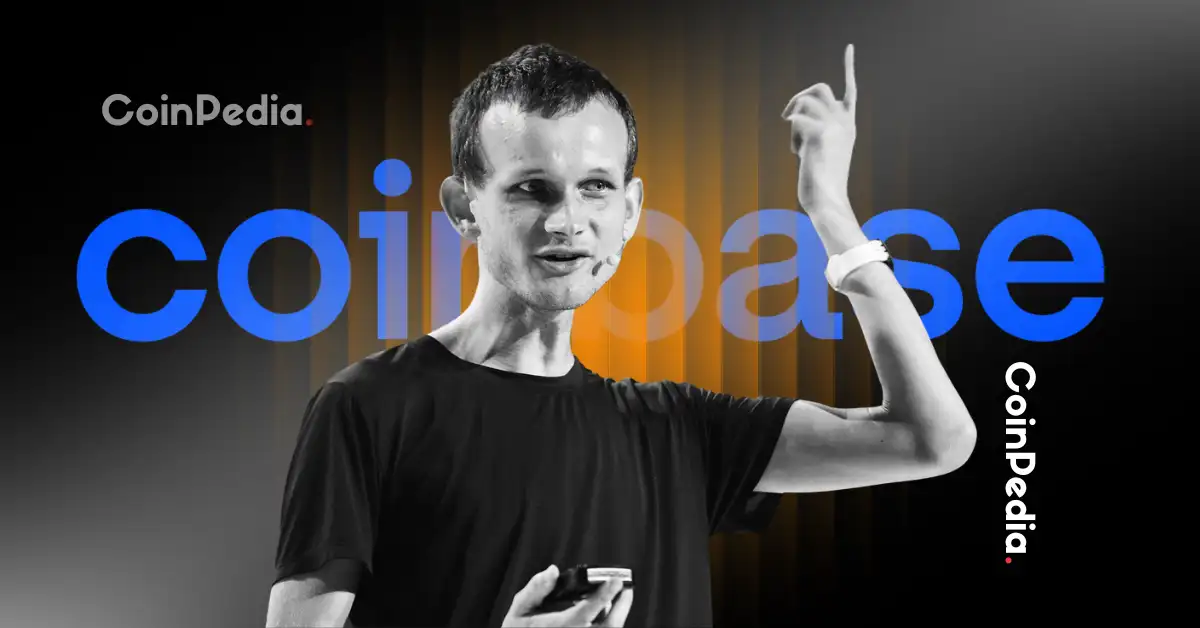
Vitalik Buterin praises Coinbase’s Base as a model Layer-2, balancing user experience with Ethereum’s core security and decentralization guarantees.
Buterin defends L2beat metrics, stressing real, measurable protections on Layer-2 networks to ensure user fund safety and prevent censorship risks.
Ethereum co-founder Vitalik Buterin has entered the growing debate over Layer-2 scaling solutions, praising Coinbase’s Base network as a prime example of balancing user experience with Ethereum’s decentralized security guarantees. His remarks come as skepticism rises around whether Layer-2 networks can truly ensure user fund safety.
Base as a Model Layer-2
Buterin described Base as an Ethereum Layer-2 that is “doing things the right way.” While Base incorporates some centralized elements to streamline the user experience, its foundation remains anchored to Ethereum’s Layer 1 security model.
According to Buterin: “Base cannot seize user funds or prevent withdrawals. Its foundation is tied to Ethereum’s decentralized base layer, which provides the ultimate guarantee of security.”
This approach aligns with L2beat’s Stage 1 definition of a non-custodial Layer-2, ensuring that even if Base’s operators shut down, users would still be able to withdraw their assets directly through Ethereum.
Why Non-Custodial Layer-2s Matter
Buterin also addressed common misconceptions about Layer-2s, pushing back against the claim that they are merely “glorified servers posting hashes to Ethereum.” Instead, he emphasized that Ethereum Layer-2 networks are extensions of the main chain, powered by smart contract logic that guarantees user protection.
He highlighted real-world proof, pointing to Soneium’s success in preventing operator censorship earlier this year, demonstrating that protections against transaction blocking are no longer theoretical; they are working in live environments today.
- Also Read :
- Congressional Leaders Support Trump’s EO Opening 401(k)s to Alternative Investments Led by Crypto
- ,
Pushing Back on Criticism
Much of the recent debate has centered on L2beat, the analytics platform that tracks and evaluates the security of Layer-2 projects. Some critics have dismissed L2beat as overly technical or elitist. But Buterin disagreed, arguing that L2beat plays a vital role in protecting users.
“L2beat is not a nerd compliance authority,” Buterin said. “The security guarantees it tracks are real mechanisms already coded into Ethereum’s base layer. They directly protect users from being rugged.”
In his view, these evaluations are not abstract; they represent measurable properties that safeguard user control over assets.
The Bigger Picture for Ethereum Scaling
Buterin’s endorsement of Base ties directly into Ethereum’s broader mission: scaling without sacrificing decentralization. Layer-2 solutions like Base are designed to make transactions cheaper and faster while preserving the trustless guarantees of Ethereum’s Layer-1.
He stressed that Ethereum scaling solutions must not focus solely on convenience:
“L2s shouldn’t just be about usability. They need to prove that they protect users’ control over their assets. That’s what makes Base a strong example of doing things the right way.”
By combining smoother user experiences with Ethereum’s robust security model, Base shows how Layer-2 networks can achieve mass adoption without compromising decentralization and user freedom.
Never Miss a Beat in the Crypto World!
Stay ahead with breaking news, expert analysis, and real-time updates on the latest trends in Bitcoin, altcoins, DeFi, NFTs, and more.
FAQs
Base is Coinbase’s Ethereum Layer-2 that speeds up and cuts fees while keeping assets withdrawable to Ethereum’s L1, preserving user control.
Non-custodial — Base’s design and on-chain contracts prevent operators from seizing funds or permanently blocking withdrawals; users retain control.
Yes — its smart contracts allow users to exit to Ethereum L1 independently, so funds stay accessible even if operators stop running.
Base anchors to Ethereum’s base layer and uses on-chain dispute/exit mechanisms so transactions can be enforced and censorship limited.
Trust with CoinPedia:
CoinPedia has been delivering accurate and timely cryptocurrency and blockchain updates since 2017. All content is created by our expert panel of analysts and journalists, following strict Editorial Guidelines based on E-E-A-T (Experience, Expertise, Authoritativeness, Trustworthiness). Every article is fact-checked against reputable sources to ensure accuracy, transparency, and reliability. Our review policy guarantees unbiased evaluations when recommending exchanges, platforms, or tools. We strive to provide timely updates about everything crypto & blockchain, right from startups to industry majors.
Investment Disclaimer:
All opinions and insights shared represent the author's own views on current market conditions. Please do your own research before making investment decisions. Neither the writer nor the publication assumes responsibility for your financial choices.
Sponsored and Advertisements:
Sponsored content and affiliate links may appear on our site. Advertisements are marked clearly, and our editorial content remains entirely independent from our ad partners.








